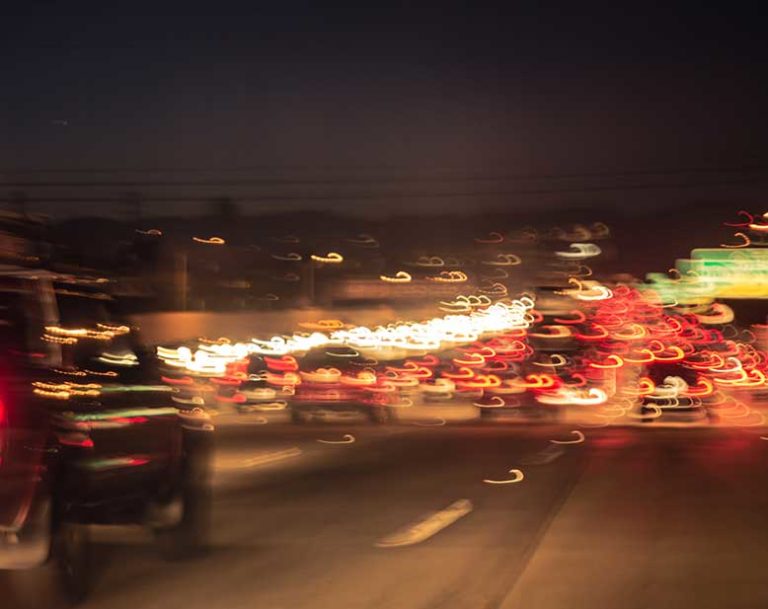 With the end of daylight savings time and more darkness, when most people drive home from work in the evening, comes greater risk of pedestrians getting involved in motor vehicle accidents in New Jersey. Because there is less light and worse visibility, pedestrians may not see oncoming vehicles, and drivers may not notice pedestrians walking onto the street.
With the end of daylight savings time and more darkness, when most people drive home from work in the evening, comes greater risk of pedestrians getting involved in motor vehicle accidents in New Jersey. Because there is less light and worse visibility, pedestrians may not see oncoming vehicles, and drivers may not notice pedestrians walking onto the street.
Earlier sunsets and darkness have been linked to more pedestrians being killed or seriously injured in vehicle accidents, according to a study by New York City’s Department of Transportation analyzing data from 2010 to 2014, the most recent years available, reports the New York Times.
The traffic analysis shows:
- From 6 p.m. to 7 p.m. during the week, the prime time most workers commute home, the weekday hourly average rate of severe injuries and fatalities involving pedestrians rises to 2.44 in mid-December, nearly triple the average rate of 0.84 in August.
- There is a sharp increase in severe injuries and fatalities from November to March.
The city’s statistics are consistent with data on pedestrian accidents across the country, according to Michael Flannagan, an associate research professor at the University of Michigan:
- There is a big jump in pedestrian fatalities and injuries in the evenings in the fall, after the change back to standard time makes the evenings suddenly darker.
- The problem isn’t sleep disruption — it’s that it’s suddenly more dark and more difficult to see.
- In the spring, when daylight savings time goes into effect, evenings are suddenly lighter and pedestrian fatalities and injuries decrease.
Dr. Daniel M. Laby, the director of the Sports and Performance Vision Center at the State University of New York College of Optometry, was quoted as saying dusk is more dangerous for both pedestrians and drivers.
- Even those with normal eyesight don’t see as well at dusk because the human eye does not adapt well to decreasing light.
- Vision becomes less sharp with less contrast and depth perception.
- There is normally more glare from uneven lighting as the sun sets.
- There are more visual distractions at dusk compared to the evening, when headlights help focus attention.
It isn’t sleep issues or the darkness per se that increases the number of deaths in the fall, the researchers suggested. It’s that drivers and pedestrians have spent the previous months getting used to the light conditions and don’t immediately adjust their behavior to account for less light during rush hour.
A study by Carnegie Mellon University researchers in 2007 came to the same conclusion: The time switch impacts the number of pedestrians killed by vehicles immediately after the change back to standard time in the fall, reports the Canadian Broadcasting Corporation.
- Those walking during rush hour in the first few weeks after the time change were more than three times as likely to be fatally struck by cars than before the change.
- The time of day was a factor for the accidents. There was no significant difference in pedestrian accidents at noon, but the number of accidents increased around 6 p.m.
- The number of pedestrian deaths in the evening decrease when clocks spring forward.
The study was based on a review of nationwide accident statistics covering a 7-year period.
If you’ve been injured in a motor vehicle accident as a pedestrian in New Jersey, schedule a free consultation with our office by calling us at (973) 358-6134 or by using our online quick connect form so we can discuss your injuries, how they happened, how the law may apply and what you could do to seek compensation for those injuries.
